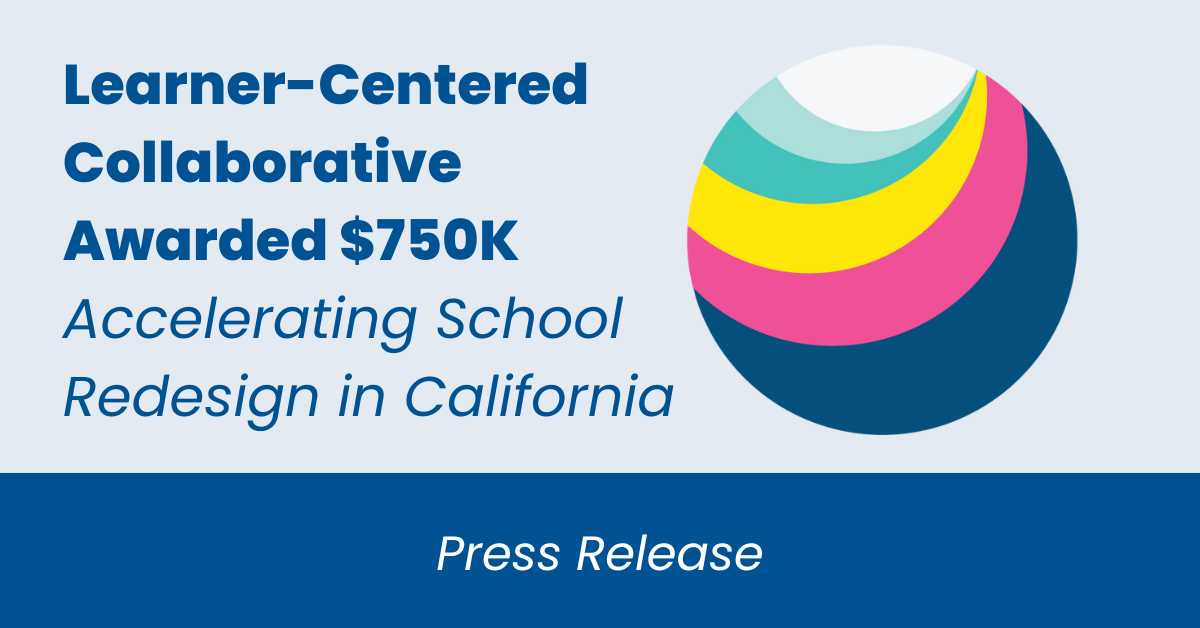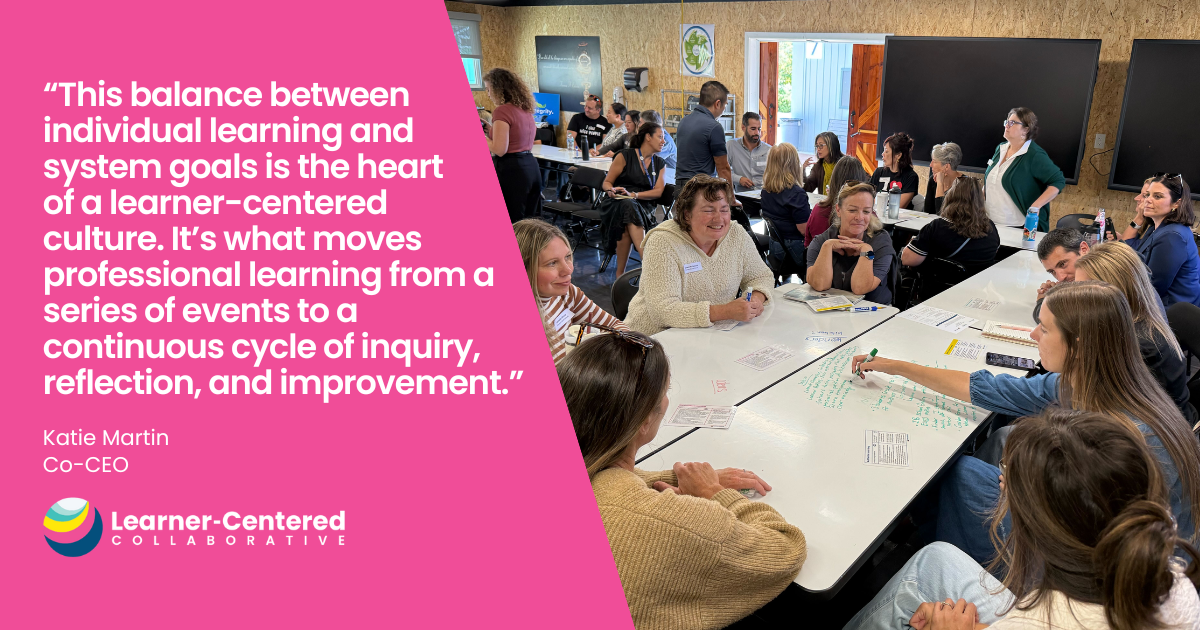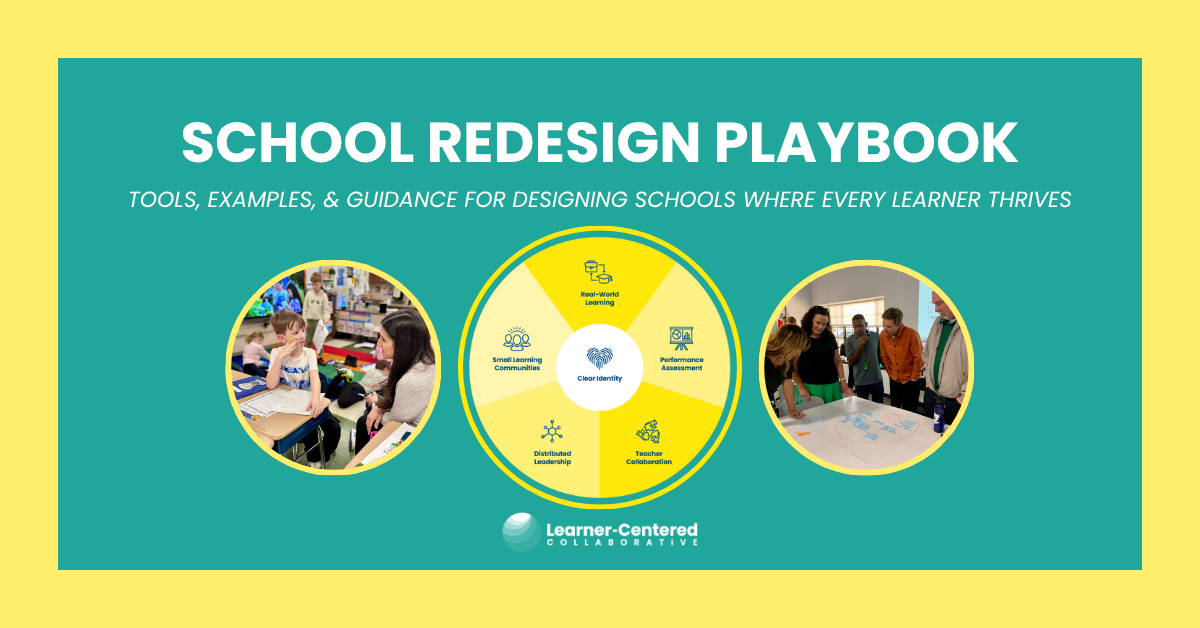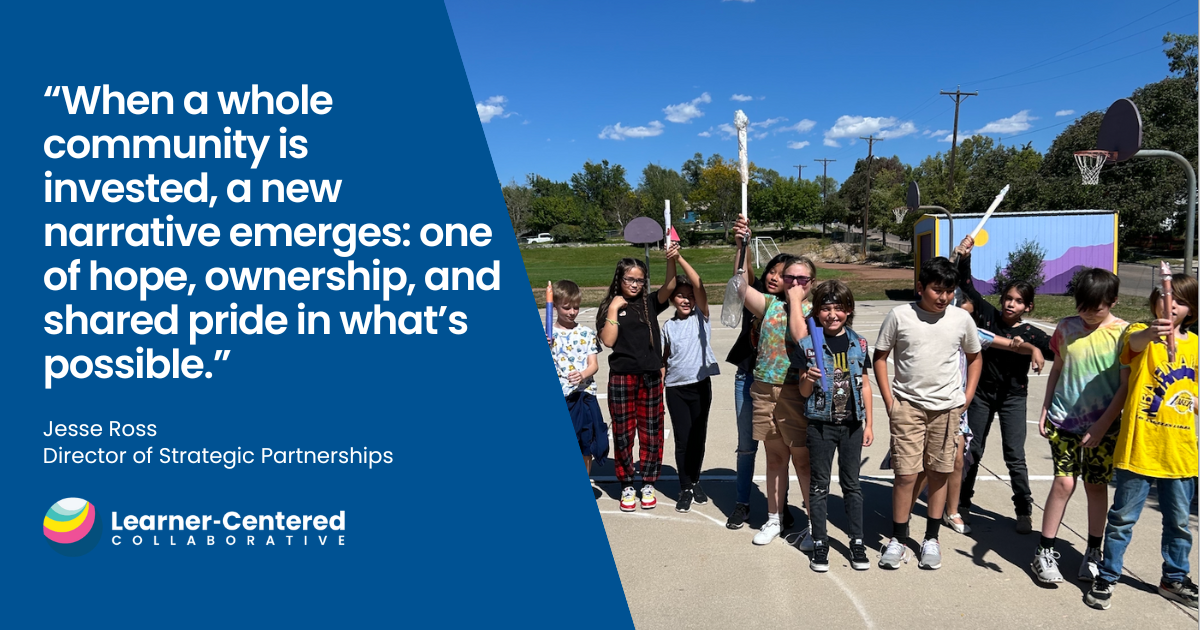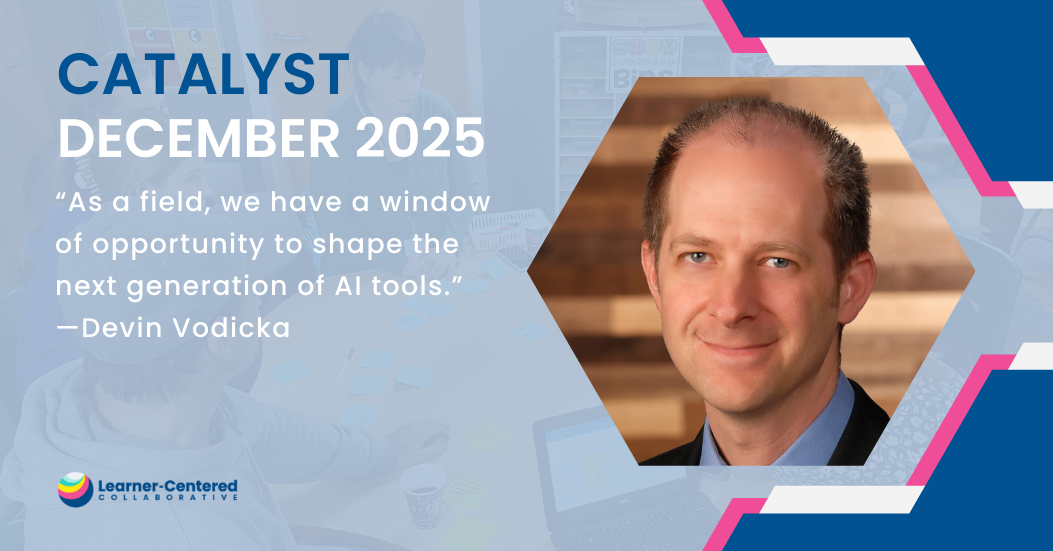Forming a Strong School (Re)Design Team
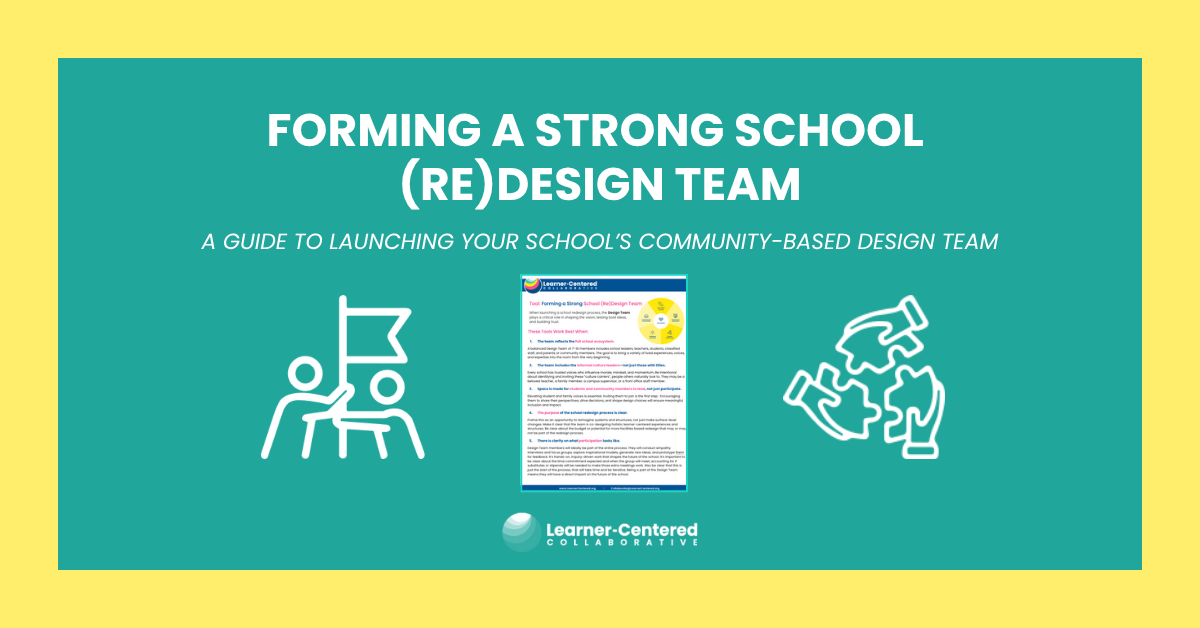
Every successful school redesign starts with the right team. This tool, Forming a Strong School (Re)Design Team, helps leaders intentionally build a group that represents the full school community, from leaders, educators, and learners, to families, and staff, who will guide the redesign process together.
Note: We recommend using this tool as a supplementary resource with our School Redesign Playbook.
This tool provides a framework to think about including a variety of roles and members of the community to ensure a representative Design Team that is empowered to co-design new structures for your school community.
Use this tool to:
- Identify who will serve on your Design Team.
- Develop messaging that clearly communicates the purpose of redesign to educators, students, and families.
- Plan for collaboration, engagement, and shared ownership across the team.
Forming a strong Design Team lays the foundation for a learner-centered school redesign process: one built on collaboration, trust, and collective leadership.
Please complete the form below to access the resource.
